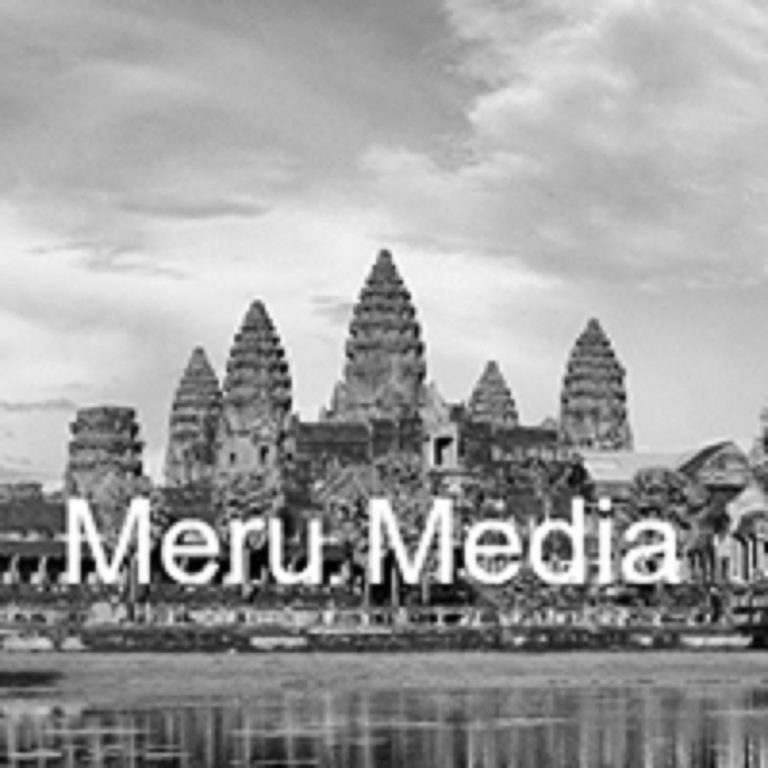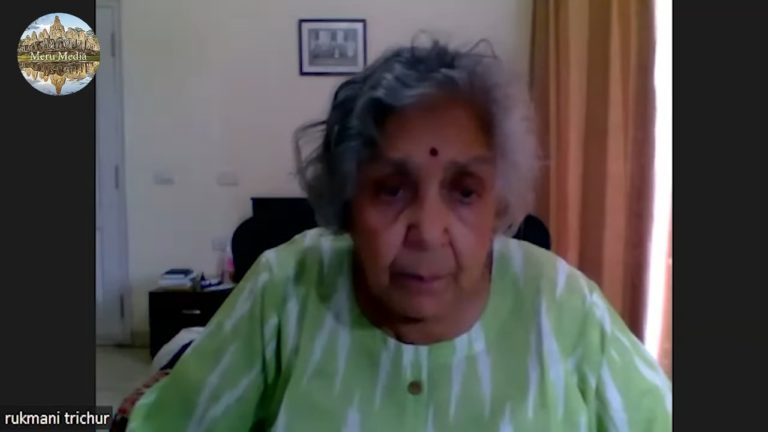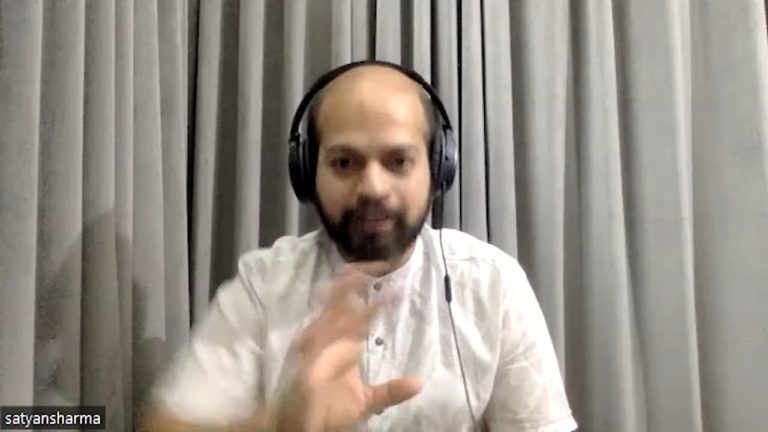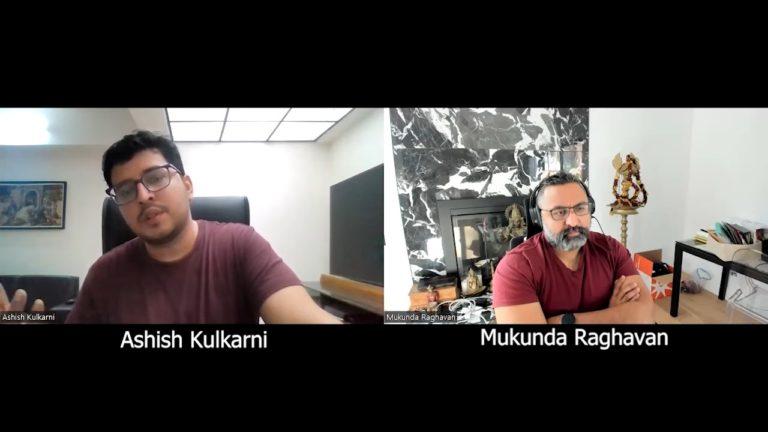We are living in a world that is getting more and more fractured, sadly this isn’t just a phenomenon in just India or the US, it is global. The European Union project is floundering, the nations within the European Union are dealing with a clash of cultures/ideologies, The US is undergoing a political-cultural war, India is struggling to understand its own society and place in the modern world, African countries are also dealing with fallout of colonialism and entrance into the modern world and the rest of the world isn’t faring much better (except maybe China which has its own intense problems but due to its iron grip over its society isn’t dealing with these issues to the same degree). There are a variety of reasons for this fracturing: tradition vs western modernity, vestiges of colonial rule, religious extremism, loss of both individual and societal identity, economic disparity and most poignant for us, the loss of metaculture and narrative.
What I mean by loss of metaculture and narrative is that we are now sitting a precipice of contradiction between who we were and who we now claim to be. The societal narrative and unifying cultures of the past are being broken down and done away with. The historical stories that previously bound individuals together with a common identity and goal are going away to be replaced with an absolute individualism or a narrow tribalism, the wants of an individual person or community matter more than every other thing. In India, we see this with the movement of the Lingayats to try to separate themselves from the larger Hindu society, they want to be recognized as an independent religion. In the US and Europe, we see this with identity politics, the reductionist singular oppressed identity takes over all others. What drives this desire to reduce oneself to a singular identity at the expense of all other identities? One reason I think is the deeper bifurcation of all relationships or identities to one of a Hegelian/Marxist dialectical understanding of all relationships as being one of power and oppression. History is seen as a constant and monolithic struggle between those with power and those who are oppressed, the bourgeois vs. proletariat, brahmins vs non-brahmins, heteronormative vs poly-normative, men vs women and so on. While this is true, it is only true in part and in a limited perspective.
Reality exists through a perspective and worldview, if your worldview places everything into a power dynamic then you will constantly see these power relationships and hegemony everywhere. In this problem, solutions arise in the Dharmic worldview, from the Buddhists, Jains and Hindu ideas. To clarify, Dharmic worldview refers to cultural and traditional ideas and outlooks of the people stemming from the ancient Indian world. The Dharmic traditions were very rigorous in their reasoning, they had developed deep and complex theories of knowledge and in particular epistemology, psychology and ontology. Epistemology is the study of means of knowledge and ontology is the study of the nature of reality. The different schools of Hinduism, Buddhism, and Jainism had different theories of epistemology, psychology, and ontology but one thing they shared in common was the view that there wasn’t just one perspective of reality.
These perspectives on reality are called Darshanas, which comes from the root drsti meaning “to see” so a Darshana is a way of seeing from a particular standpoint. These Darshanas are a particular way of looking at and understanding reality. A particular Darshana doesn’t negate other Darshanas but engages with them in a dialectic or a dialogue about what reality is. Traditionally, there are 6 major Darshanas that accept the Vedas (Yoga, Mimamsa, Vedanta, Samkhya, Nyaya, and Vaisheshika) and there were 4 major Darshanas that don’t accept the Vedas (Buddhism, Jainism, Ajivikas, and Charavakas). That list isn’t exhaustive since each of the Darshanas has many deeper demarcations and separate traditions. Each of the Darshanas held firm to the idea they had the best explanation or understanding of reality but not complete.
There is a great and well-known story of 4 or 8 blind men being asked what an elephant is and they each interact with a part of the elephant like the head, trunk, leg, body, tail and so on. This story is found in all of the Indic traditions Jains, Buddhists and Hindu. Each of the blind men come to a different conclusion about what an elephant is, one says it is like a pot (head), another says it is like a pillar (leg), another says it is like a spear (trunk) and you get the gist. The story is not about the nature of reality but how we are each limited in our perspective of it. We each see the world from an inherently limited viewpoint, bound by our brains, our cultures, our political views and so on.
Now, why does this idea of Dharmic Darshana matter when it comes to metaculture or narrative? It matters because it is about how we each build our story, our history, and understanding. The identities we give or associate ourselves with are but a perspective, a particular Darshana, it has some truth to it but not the complete truth. It is a recognition that our identity is but a tiny part of who we are. So while you may be gay, queer or straight or from a particular caste, community or religion that isn’t all you are but the moment you decide that particular identity or story is monolithic and singular you disassociate with the larger story and truth and become even blinder than blind men of the story.
Let me explain how the various traditional Darshanas engaged with each other. I am using the term Darshana here to mean both a particular traditional Darshana and also the generic idea of Darshana, as a particular viewpoint. It is this generic viewpoint that allowed all of these Darshanas to engage with each other in debate, discussion, and exchange of ideas, something that was unheard of in the west until recent times. These Darshanas engaged with each other in writing and in public debates/discussions. Each Darshana had to learn and adequately argue the position of their opponent, they had to step into the shoes of the other Darshana, this process is called a Purva Paksha or “prior view”. This allowed each Darshana to understand the other and engage with them on both their own terms and the terms of their opposing viewpoints. In the process of such engagement, ideas and viewpoints are contested, debated and sometimes a common ground is found.
The Darshana of particular identities are important but they are only important in the context of a larger unity. I can define myself as Hindu, Agnostic, Indian origin, American, heterosexual and so on. These are all perspectives that I have taken on or part of my being but each of them belong within a larger unity, being Hindu isn’t at the exclusion of other religious views but within them. Being American isn’t an isolated identity but one within the larger worldview of national identity. It is a process of recognizing ones view in a larger context. In identity politics, it is the recognition that other people have their identities that are just as valid, true, and important to engage in a dialogue and that your feelings or identity doesn’t trump another.
This is why it is vital that we begin to start employing the Dharmic viewpoints into how we view the world and interact with it. It is the humility that comes with an understanding that our perspectives are limited and incomplete, that our understanding of our history, traditions, and culture are not the entire picture. We are all in the same universe, same reality and the same planet, that we all share somewhat similar experiences but filtered through our unique ego. Pain, Joy, Peace, Anger, Fear, Safety and all other experiences are universal and we are not unique in experiencing this. A black man or woman that is oppressed or treated badly isn’t any different than a white man or woman who is oppressed or discriminated against by someone else. It is also the recognition that maybe some groups of people are treated differently based on something that makes them different. We each feel it uniquely but nonetheless, we all experience it. The idea of Dharmic Darshanas will force us to look at other views that differ from ours to understand them and where we find them wrong to engage on both our terms and their terms. That is why it is important that we recognize that we are all stuck in the same sandbox and the more we isolate ourselves from each other the more we create a world of loneliness, fear of other, anger and hate. We can’t properly interact with each other if we don’t all accept that we have some common link in a common world. The Dharmic Darshanas can help us try to repair these fractures and build a narrative in which we all share and exist in. As we continue on this project we will elucidate these Dharmic Darshanas much more deeply. Over the next series of blogs, we will jump into mythology, key concepts and ideas that form the foundation of all Indic thought.











+ There are no comments
Add yours